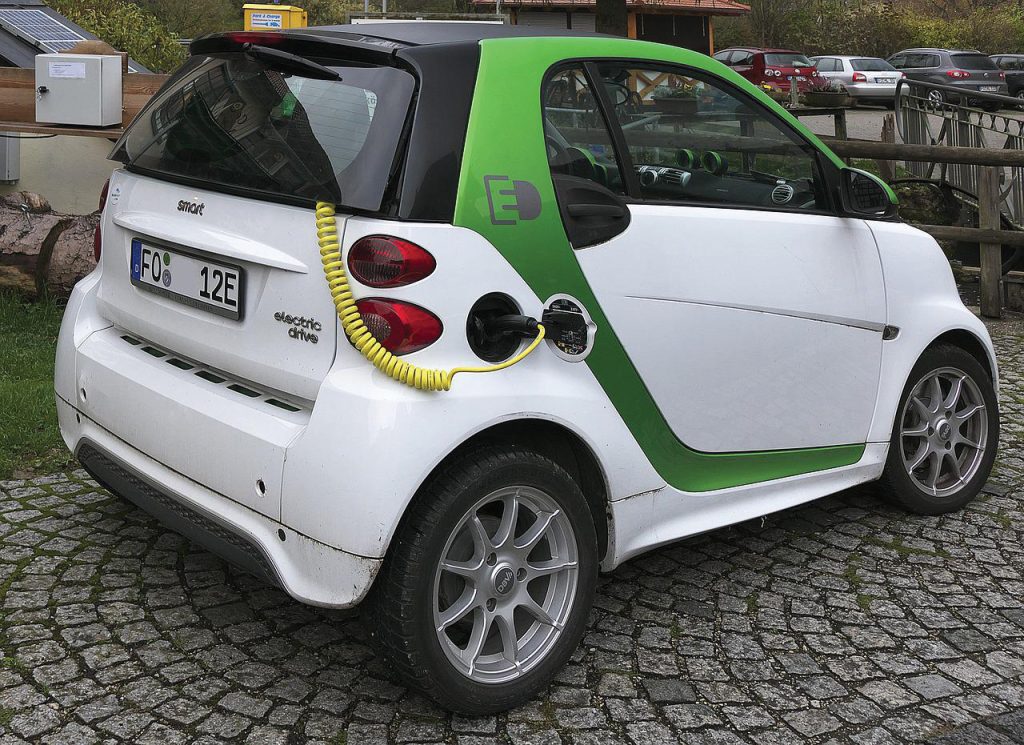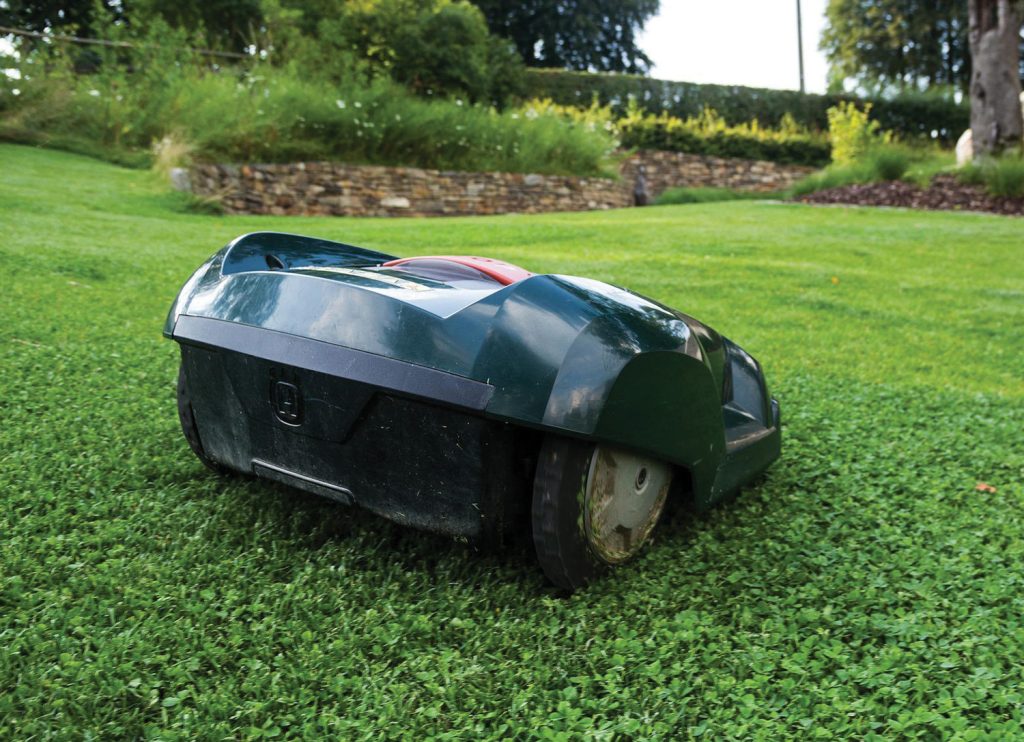
If you listen carefully, you can hear a quiet transformation happening. Electric appliances and equipment are becoming more popular than ever among consumers.
Advancements in technology and battery power coupled with decreasing purchase costs are winning over consumers looking for comparable utility and versatility. Some may argue that a bonus is that use of electric equipment is quieter and better for the environment.
Inside the home, consumers and homebuilders alike are turning to electric appliances to increase energy efficiency and savings.
Whether a traditional electric stove or an induction stovetop, both are significantly more efficient than a gas oven. That’s because conventional residential cooking tops typically use gas or resistance heating elements to transfer energy with efficiencies of approximately 32% and 75% respectively (according to ENERGY STAR®).
Electric induction stoves, which cook food without any flame, will reduce indoor air pollution and can bring water to a boil about twice as fast as a gas stove.
Robotic vacuums are also gaining in popularity. Fortune Business Insights attributes the growth and popularity of robotic vacuums like Roomba to a larger market trend of smart home technology and automation (think Alexa directing a Roomba to vacuum).
More tools and equipment with small gas-powered motors are being replaced with electric ones that include plug-in batteries. In the past few years, technology in battery storage has advanced significantly. Hand-held tools with plug-in batteries can hold a charge longer and offer the user the same versatility and similar functionality as gas-powered tools. For DIY’ers and those in the building trades, national brands such as Makita, Ryobi and Milwaukee offer electric versions of their most popular products like drills, saws, sanders and other tools. In addition to standard offerings, consumers can now purchase a wider array of specialty tools that plug in such as power inverters, air inflaters and battery chargers.
Keith Dennis, an energy industry expert and president of the Beneficial Electrification League, notes that, “A few years back, the list of new electric product categories that were making their way to the market was limited — electric scooters, lawn mowers, leaf blowers and vehicles.”
Today, the number of electric products available is exploding.
“There are electric bikes, school buses, pressure washers, utility terrain vehicles, backhoes — even airplanes and boats,” says Dennis. “With the expansion of batteries and advancements in technology, we are seeing almost anything that burns gasoline or diesel as having an electric replacement available on the market.”
A case in point is the increased use of electric-powered tools and equipment, with more national brands offering a wider selection, including lawn mowers, leaf blowers, string trimmers and snow blowers. The quality of zero- or low-emissions lawn equipment is also improving.
Electric equipment also requires less maintenance, and often the biggest task is keeping them charged. In addition, electric equipment is quieter so if you want to listen to music or your favorite podcast while performing outdoor work, you can; something that wouldn’t be possible with gas-powered equipment. On the horizon, autonomous lawn mowers (similar to the robotic vacuum cleaners) will be seen dotting outdoor spaces.
Another benefit of using electric appliances or equipment is that by virtue of being plugged into the grid, the environmental performance of electric devices improves over time. Electricity could become cleaner through increases in renewable energy generation, so equipment that uses electricity could have a diminishing environmental impact over time. Quite a hat trick —improving efficiency, quality of life and helping the environment.





